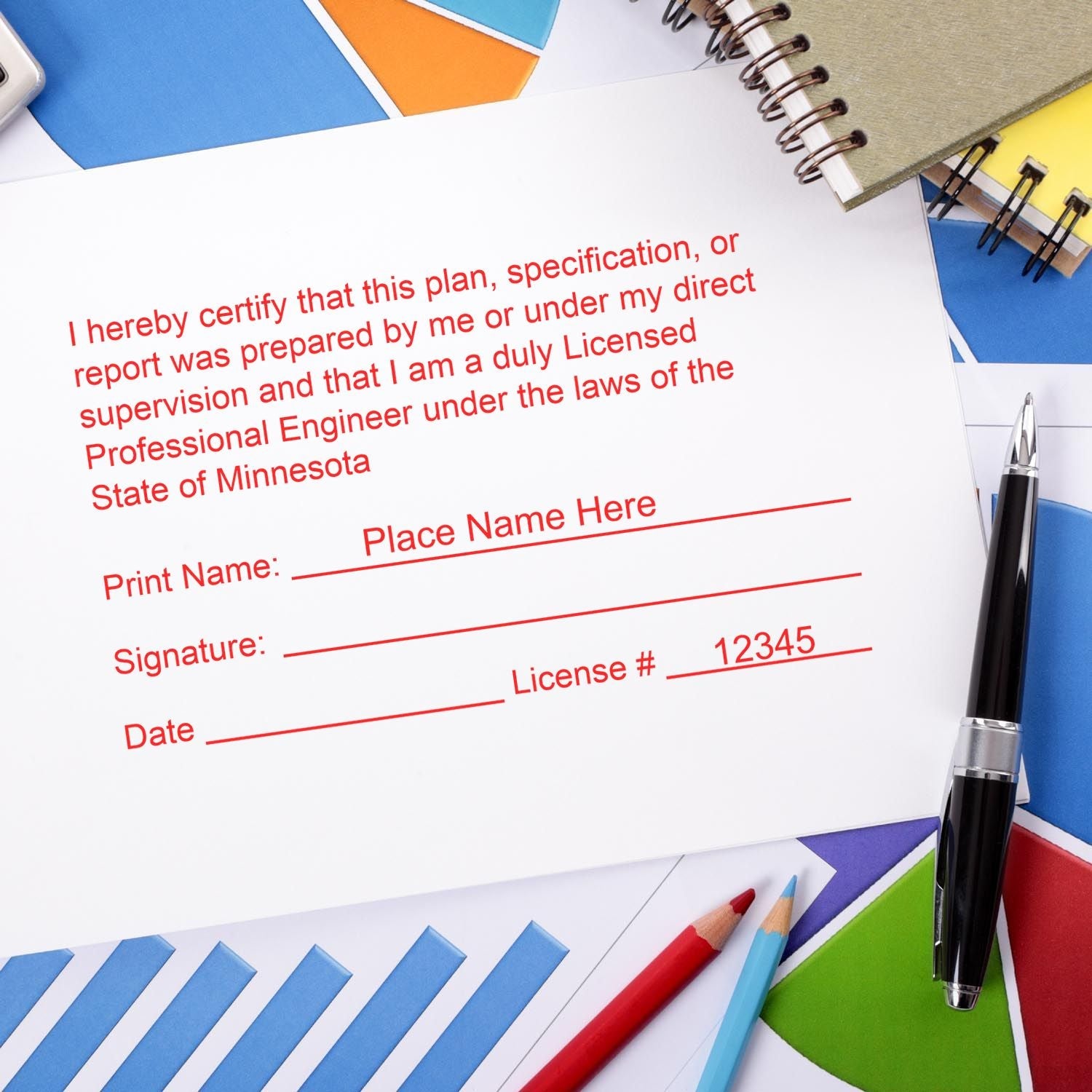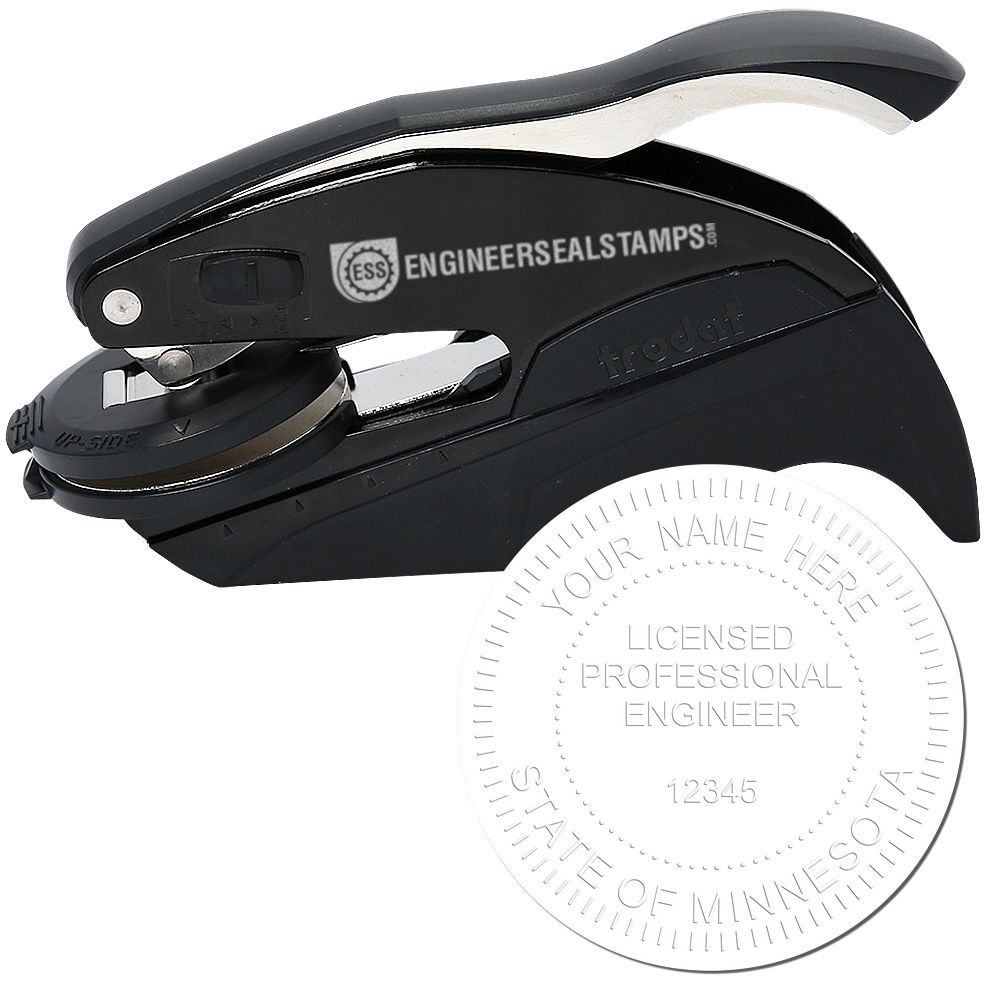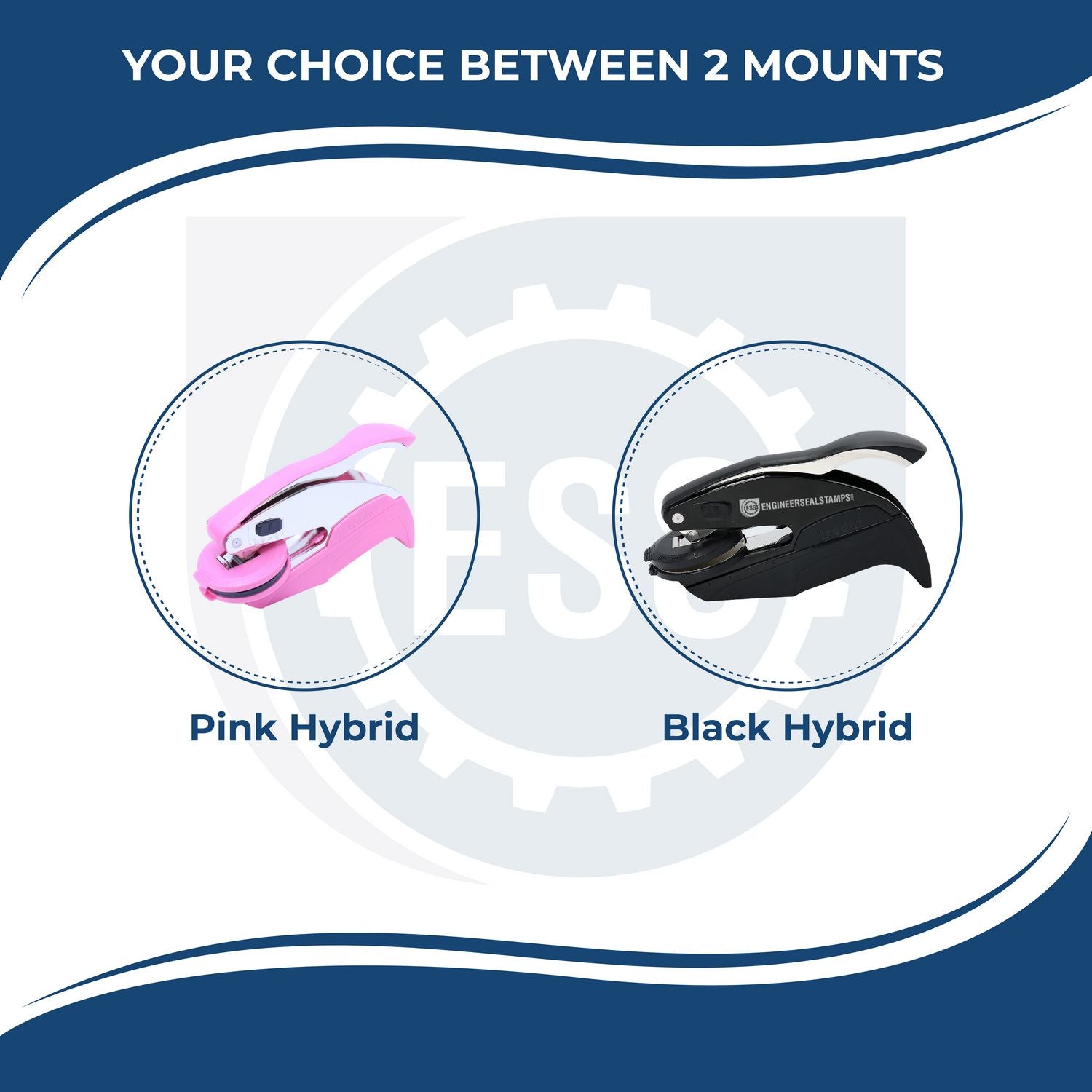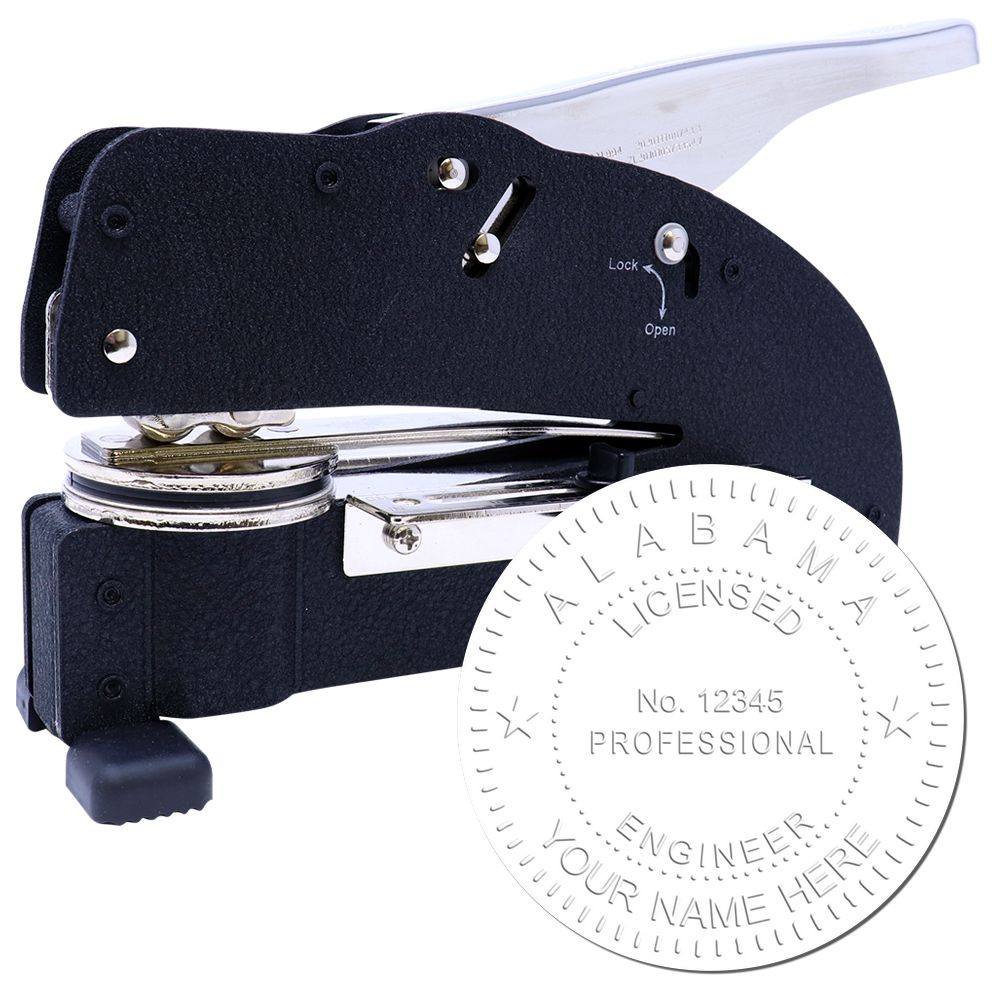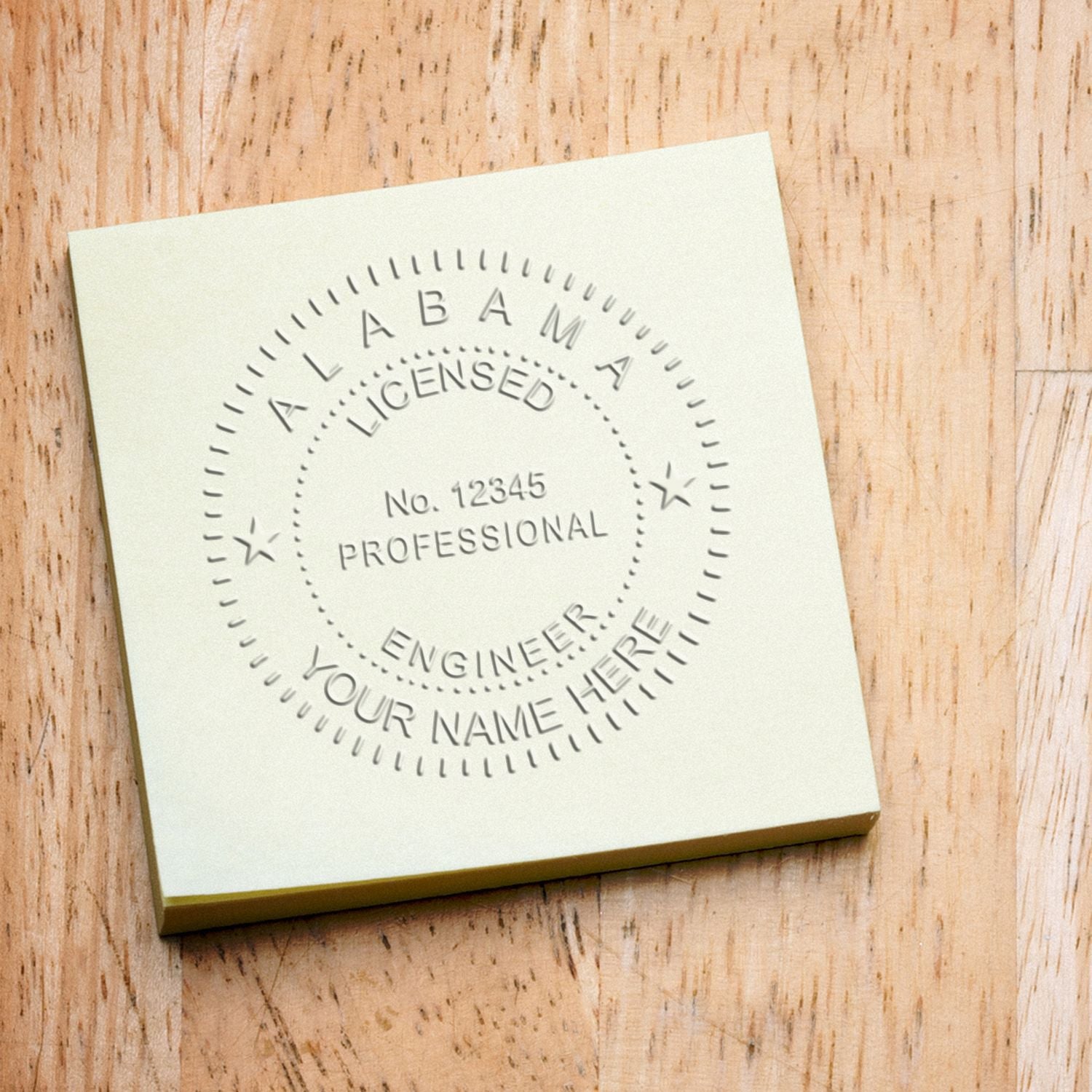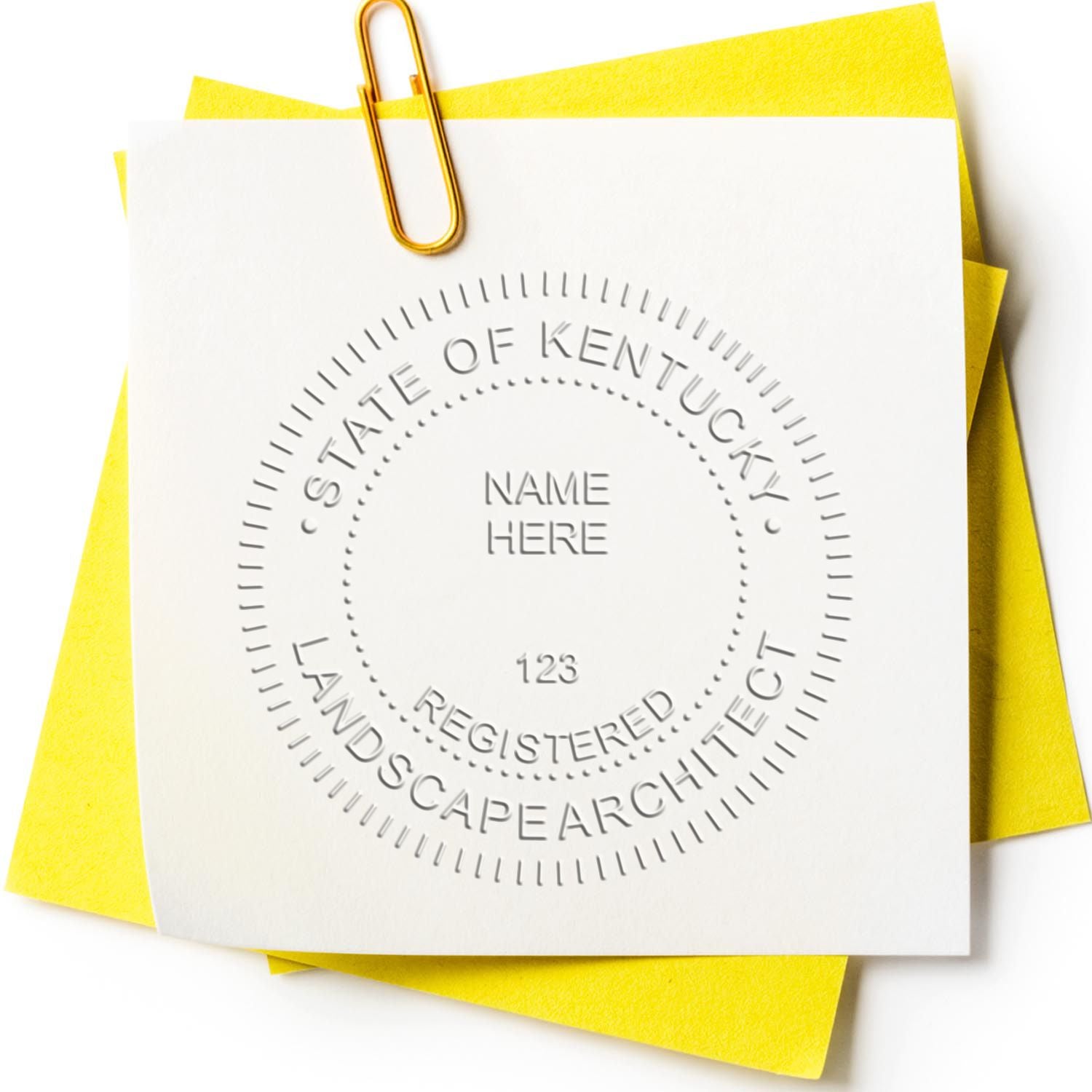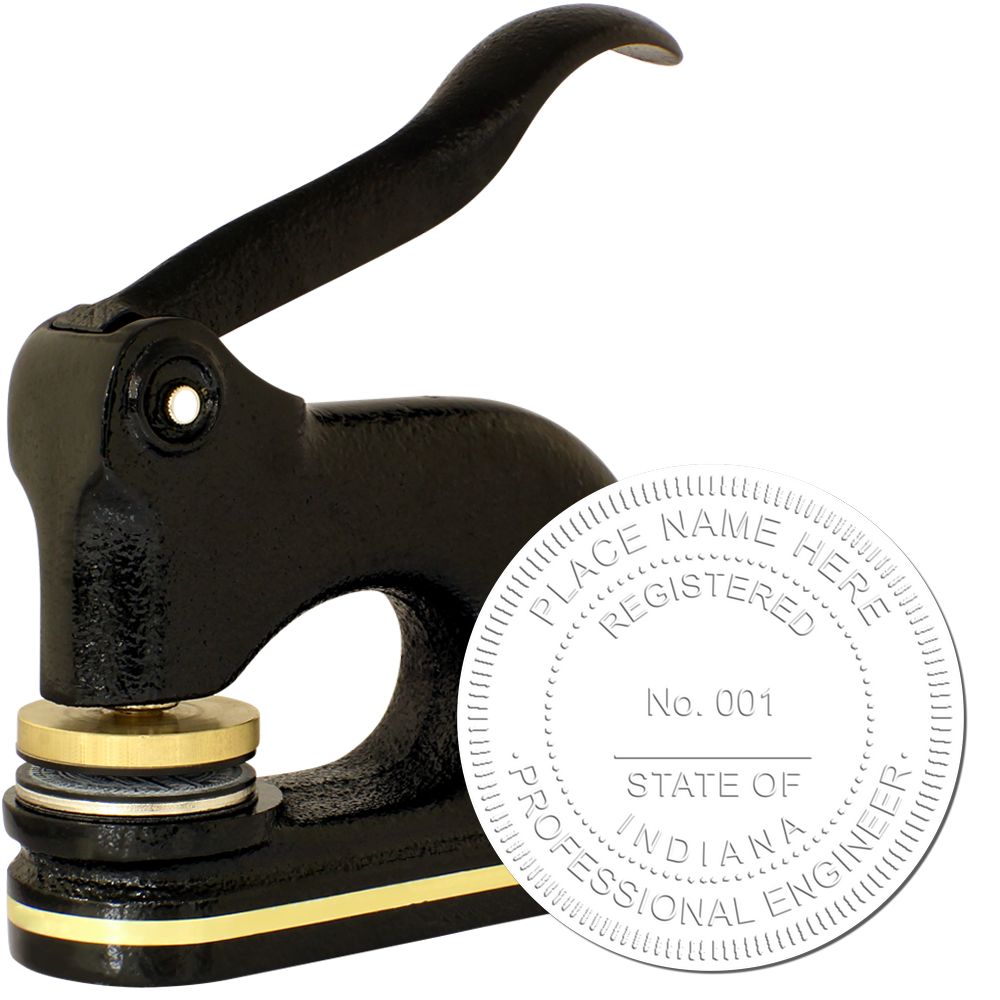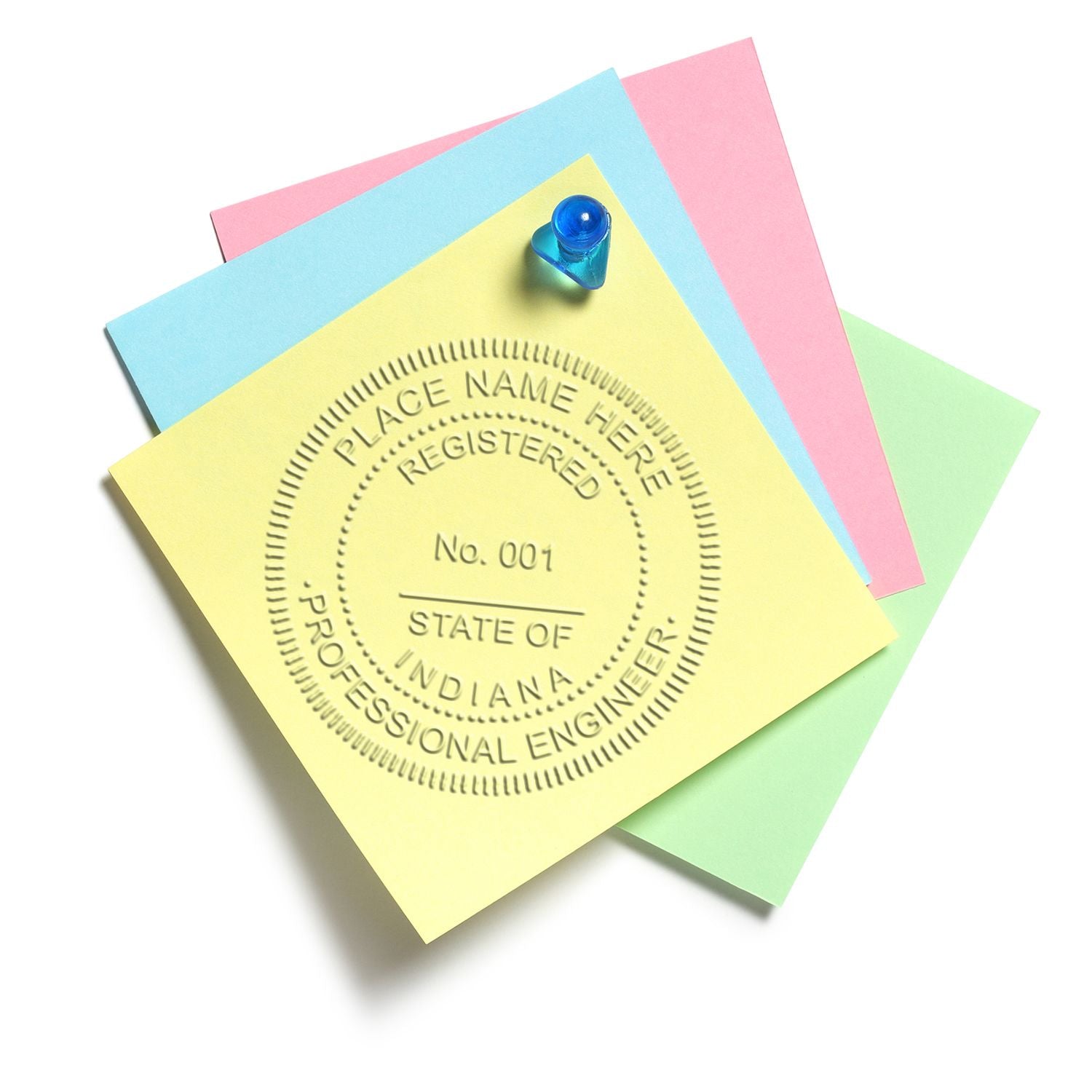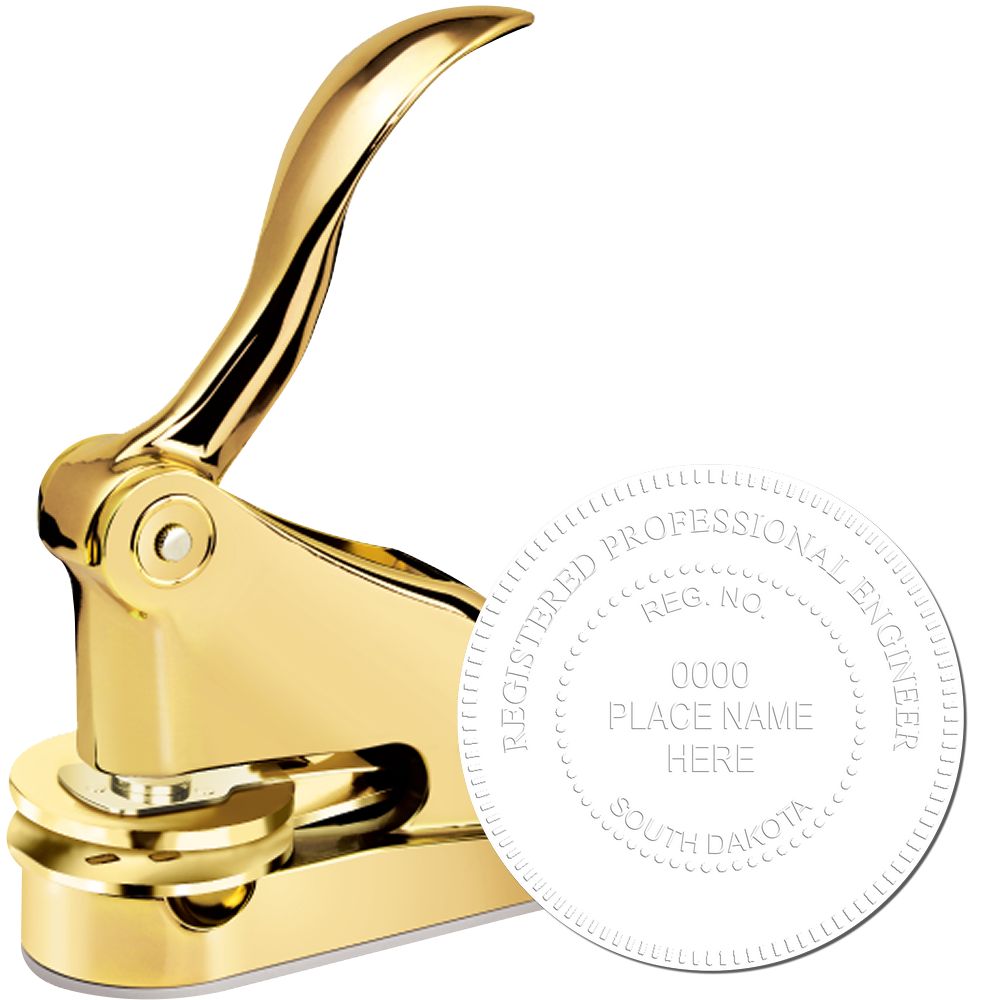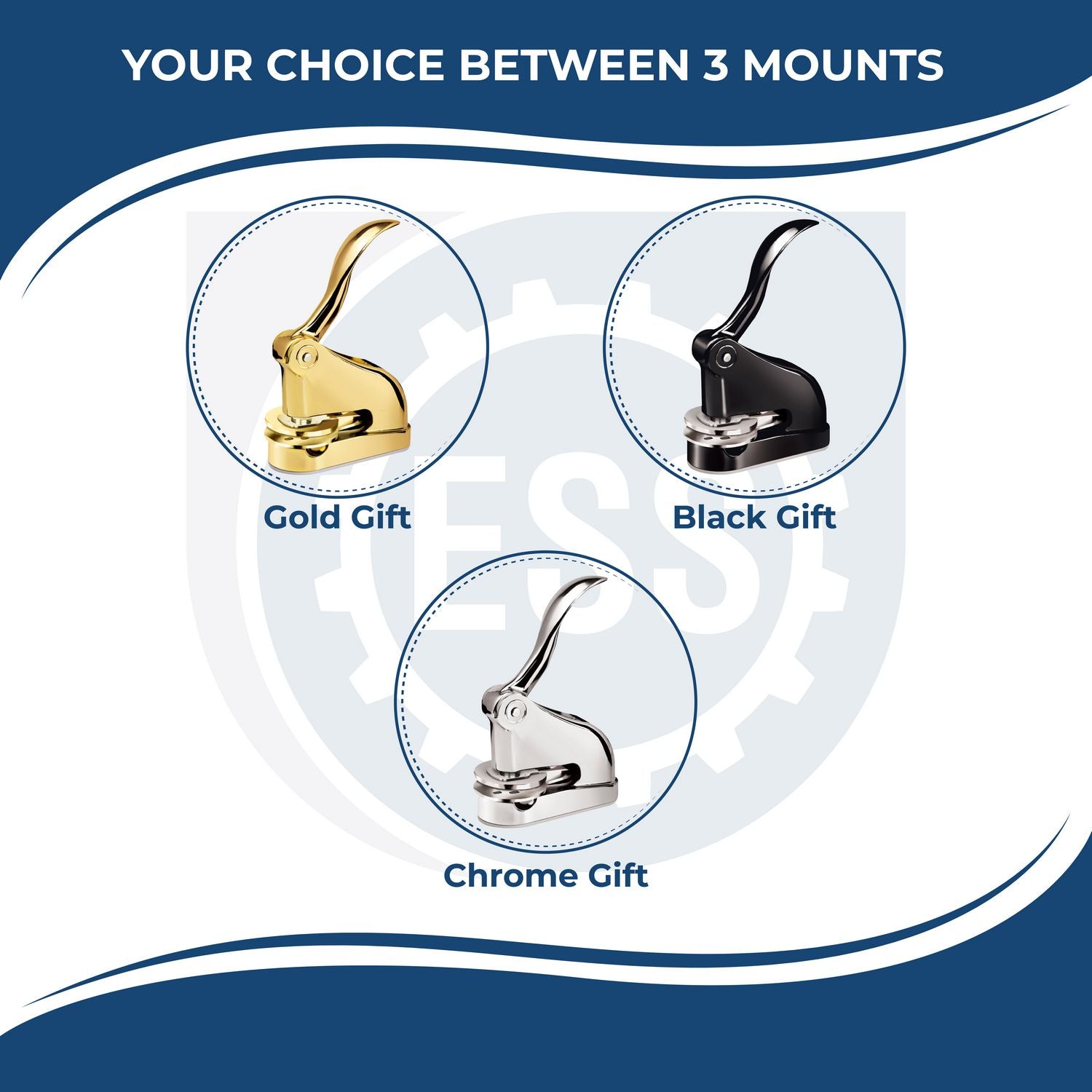The Importance of Engineering Stamps
Engineering stamps play a vital role in the field of engineering, providing credibility, legal protection, and recognition to professionals. Let's explore what engineering stamps are and why they are required.
What is an Engineering Stamp?
An engineering stamp, also known as a professional engineer (PE) stamp or an engineer seal, is a mark or impression that is applied to engineering plans, documents, or drawings. It serves as an official certification by a licensed professional engineer, indicating that the work has been reviewed, approved, and meets the necessary standards and regulations.
The engineering stamp typically includes the engineer's name, license number, and the state in which they are licensed. It signifies that the engineer takes responsibility for the design, safety, and accuracy of the project. The stamp acts as a symbol of trust and expertise, providing assurance to clients, regulatory authorities, and the public.
Why are Engineering Stamps Required?
Engineering stamps are required to ensure the integrity and safety of engineering projects. They serve several important purposes:
-
Regulatory Compliance: Many jurisdictions, including the state of Minnesota, have specific regulations that govern the practice of professional engineering. Requiring an engineering stamp helps ensure that projects comply with these regulations and meet the necessary standards.
-
Quality Assurance: The engineering stamp serves as a mark of quality and expertise. It indicates that the project has been reviewed and approved by a licensed professional engineer who has the knowledge and skills to assess its technical aspects and ensure its compliance with applicable codes and regulations.
-
Legal Protection: Engineering stamps provide legal protection for professional engineers. By affixing their stamp to a project, engineers accept responsibility for the accuracy and safety of their work. If any issues arise, the stamp serves as evidence that a qualified professional engineer oversaw the project and met the required standards.
-
Public Safety: Engineering projects can have significant impacts on public safety. The use of an engineering stamp helps instill confidence in the public by assuring them that the project has been designed and approved by a qualified professional who prioritizes safety and adherence to regulations.
In Minnesota, obtaining a PE stamp is an important step for engineers who wish to practice and provide engineering services in the state. Understanding the specific requirements and guidelines for obtaining and using the Minnesota PE stamp is crucial. For detailed information on the Minnesota PE stamp requirements, you can refer to our article on Minnesota PE stamp guidelines.
Understanding Minnesota PE Stamp Requirements
To practice engineering professionally in the state of Minnesota, it is essential to understand the requirements for obtaining a Professional Engineer (PE) stamp. This section provides an overview of professional engineering licensing in Minnesota and outlines the specific requirements for acquiring the Minnesota PE stamp.
Overview of Professional Engineering Licensing in Minnesota
Professional engineering licensing in Minnesota is regulated by the Minnesota Board of Architecture, Engineering, Land Surveying, Landscape Architecture, Geoscience, and Interior Design (AELSLAGID). This board ensures that licensed engineers meet the necessary qualifications and adhere to the rules and regulations set forth by the state.
The Minnesota PE stamp serves as a mark of credibility and expertise, demonstrating that an engineer has met the state's requirements and is qualified to provide engineering services. The stamp signifies that the engineer's work complies with the state's engineering standards and codes.
Requirements for the Minnesota PE Stamp
To be eligible for the Minnesota PE stamp, engineers must fulfill specific requirements set by the AELSLAGID. These requirements include educational qualifications, professional experience, and successfully passing the Professional Engineering exam.
Educational Requirements
To qualify for the Minnesota PE stamp, engineers must have a bachelor's degree or higher in engineering from an Accreditation Board for Engineering and Technology (ABET) accredited program. The degree should be relevant to the discipline in which the engineer is seeking licensure.
Experience Requirements
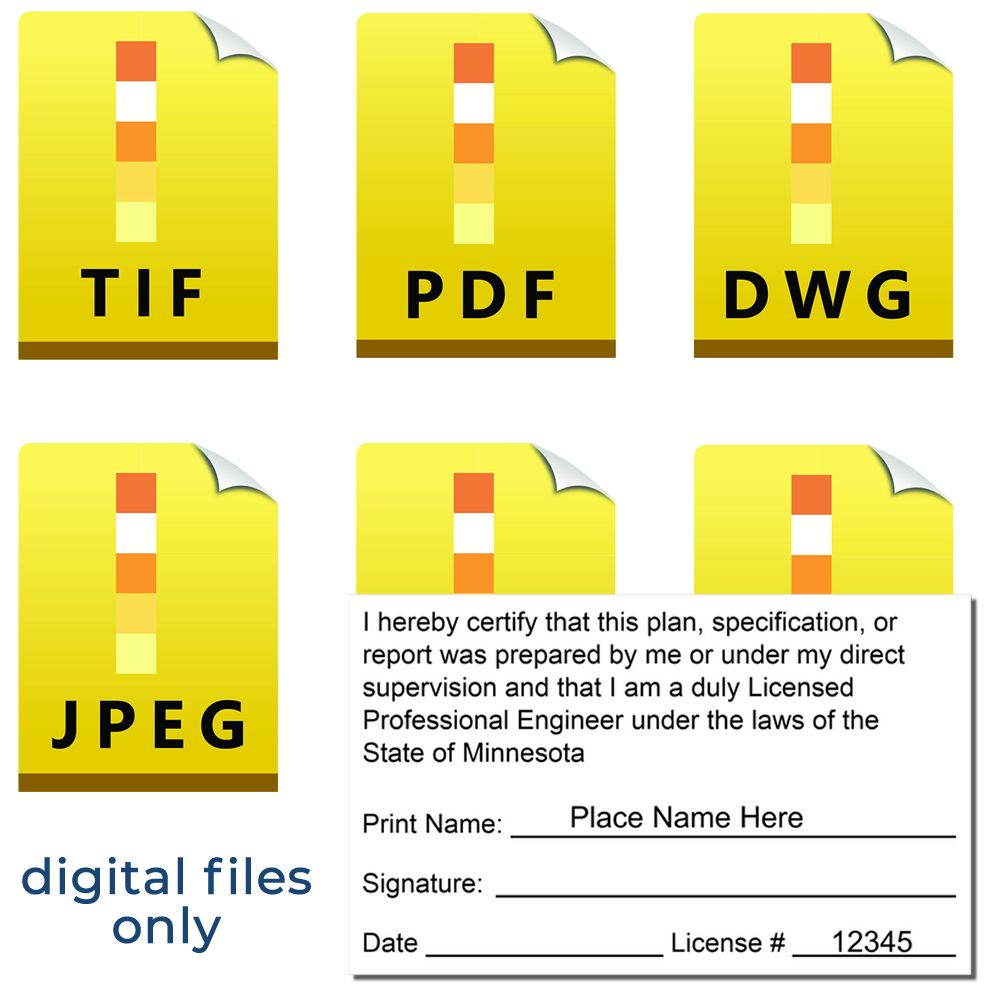
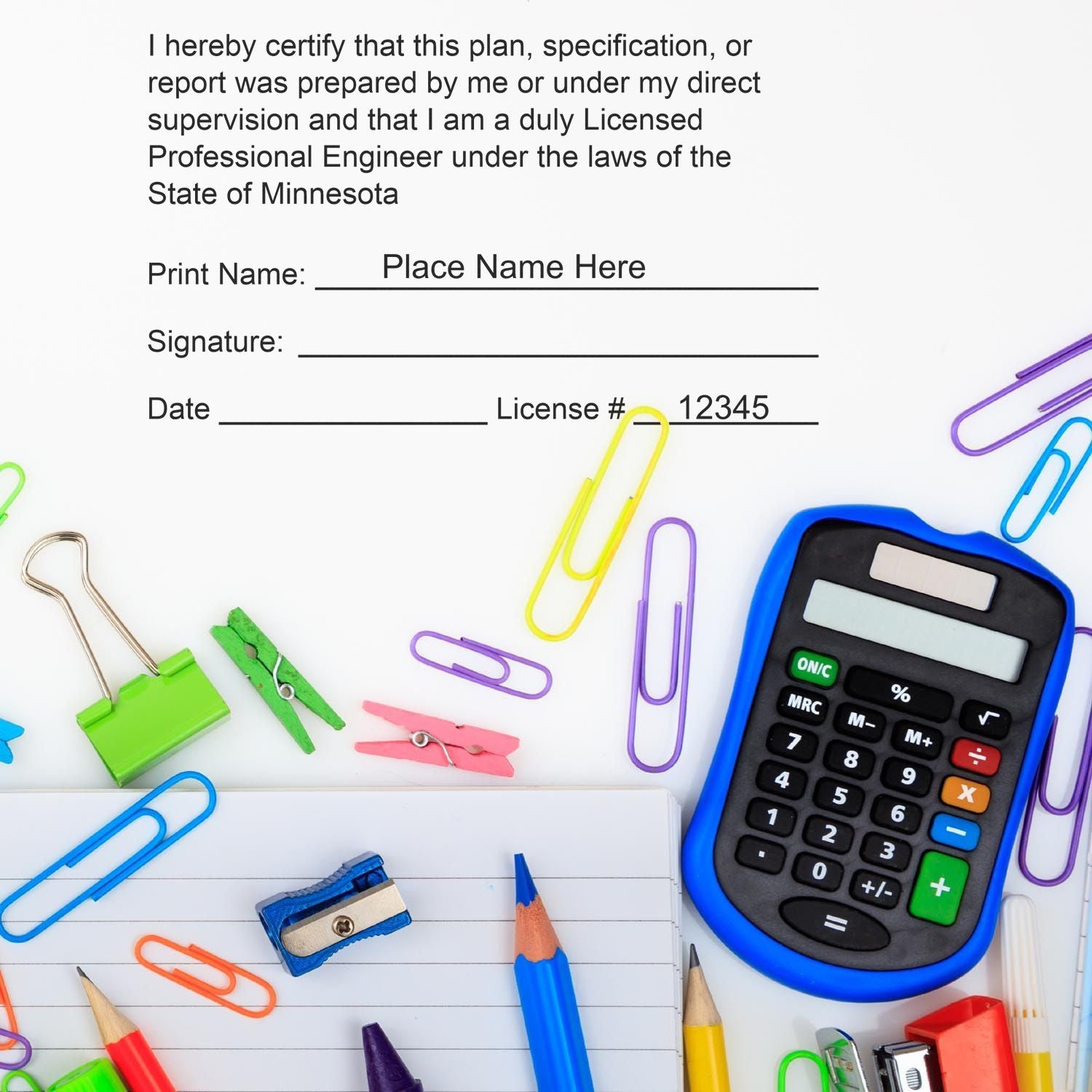
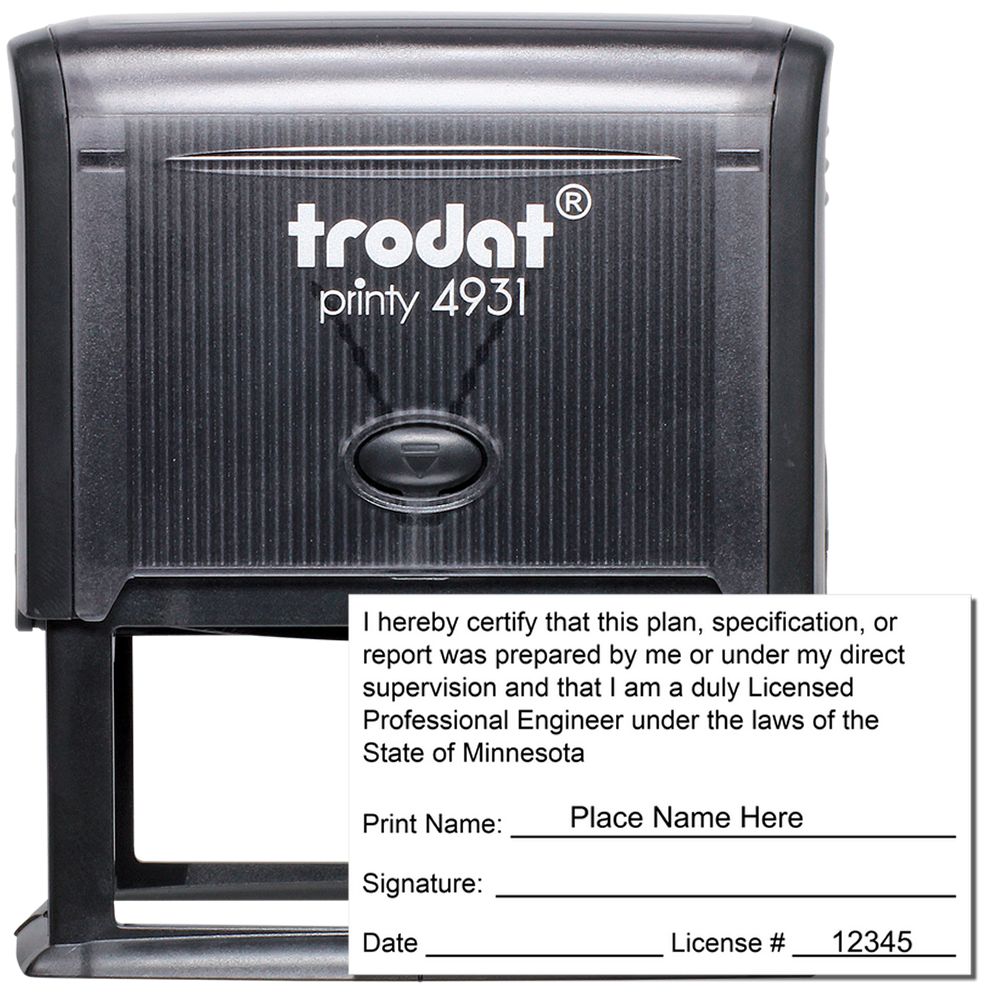
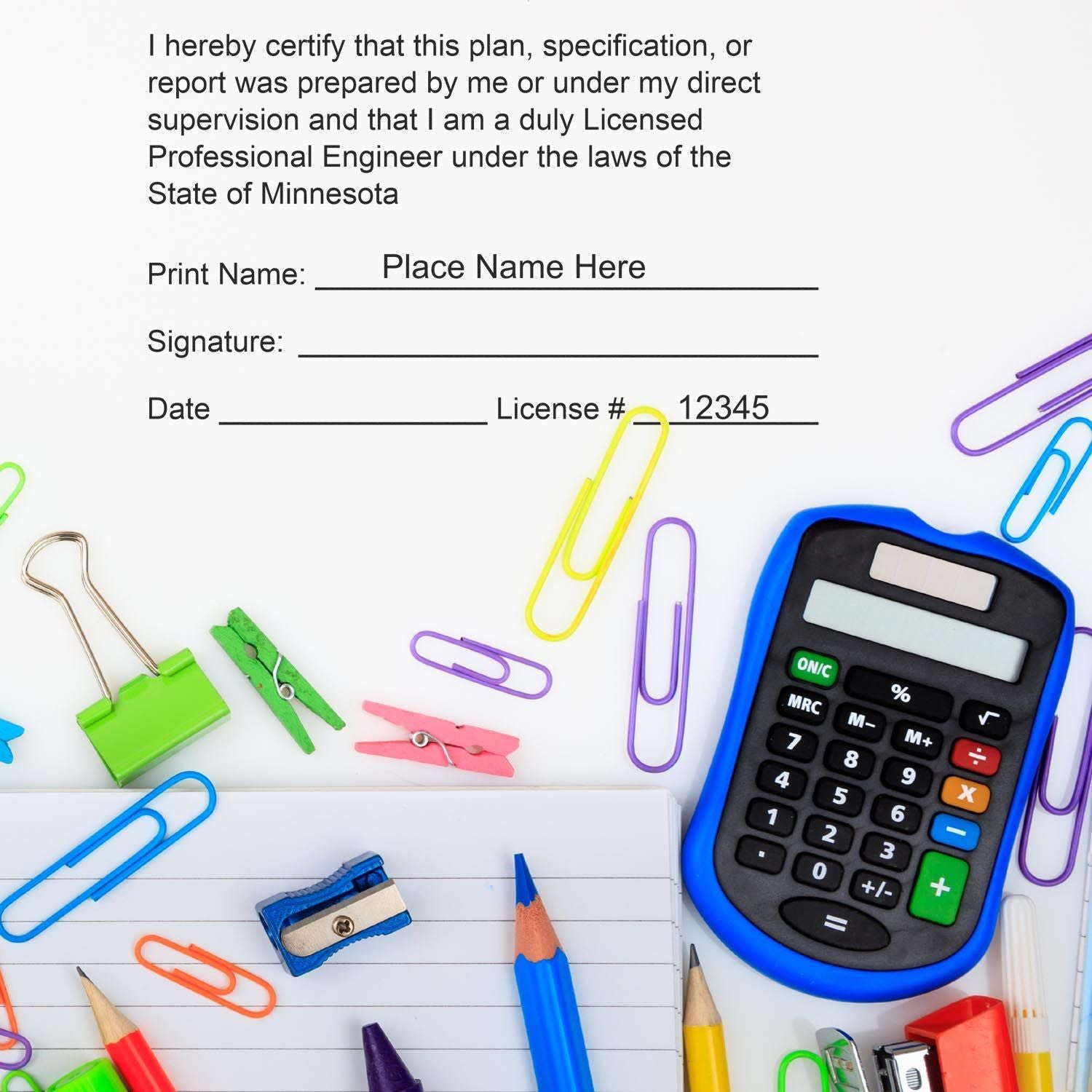
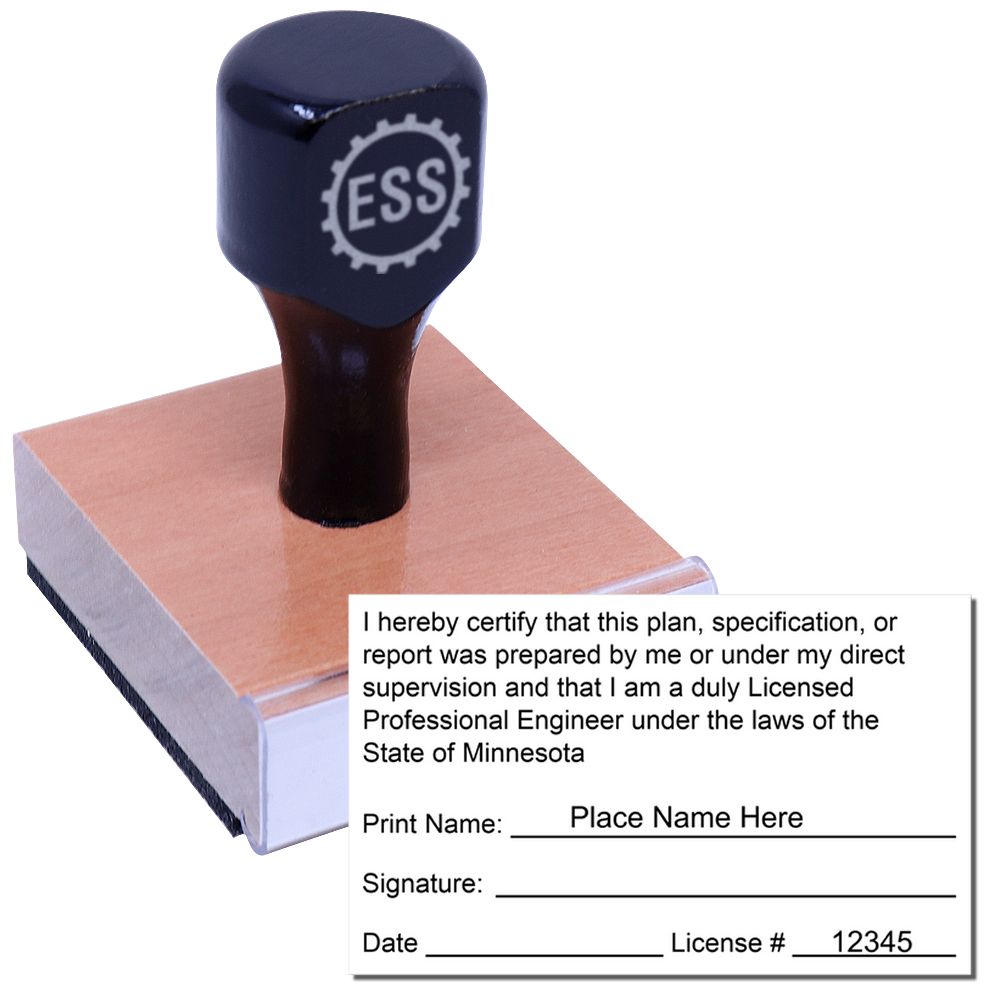
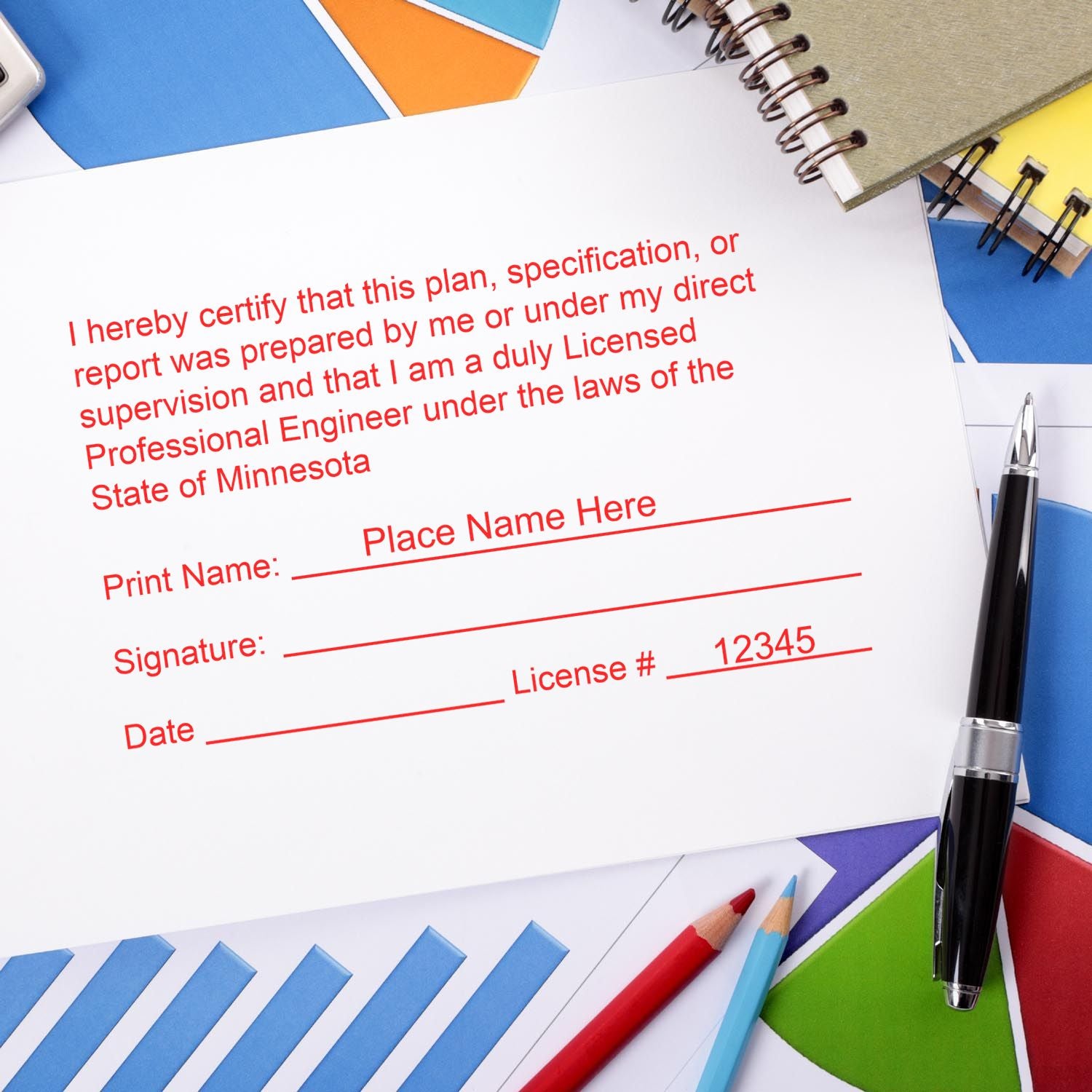
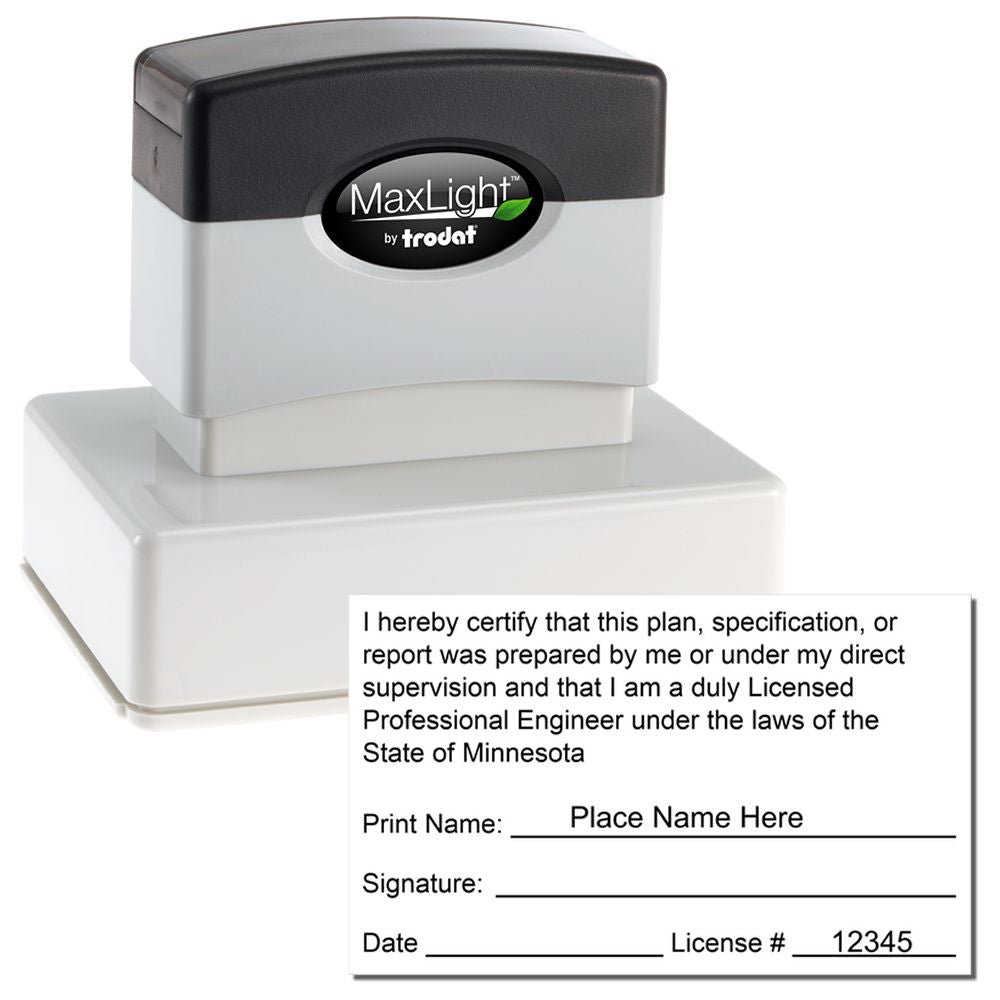
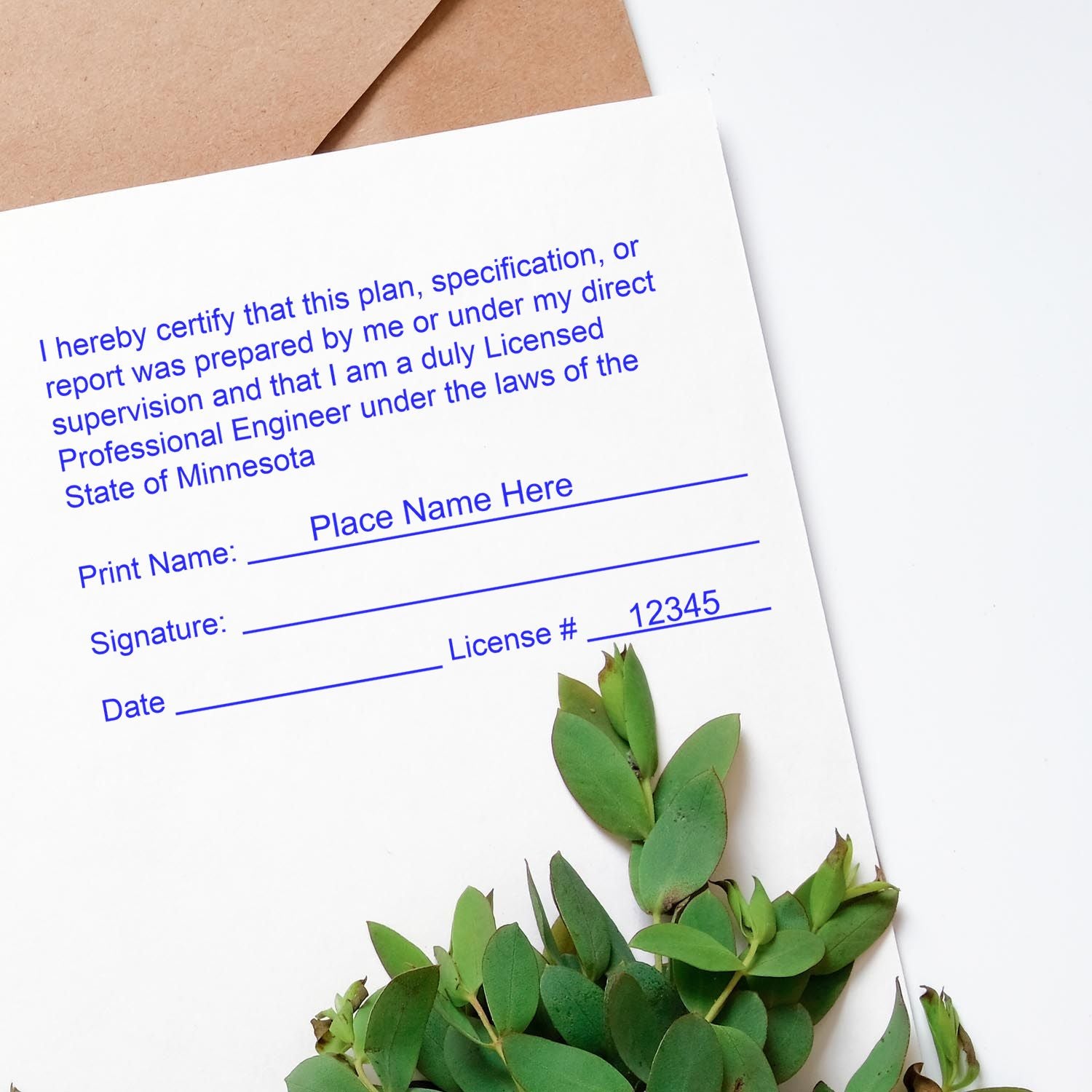
In addition to the educational requirements, engineers must acquire a minimum of four years of progressive engineering experience. This experience should be gained under the supervision of a licensed professional engineer or an equivalent authority. The experience should showcase the engineer's ability to apply engineering principles and demonstrate competence in their chosen engineering discipline.
Passing the Professional Engineering Exam
Passing the Professional Engineering (PE) exam is a crucial step in obtaining the Minnesota PE stamp. The exam evaluates an engineer's understanding of engineering principles, their ability to solve complex problems, and their knowledge of applicable codes and regulations.
The PE exam consists of two components: the Fundamentals of Engineering (FE) exam and the Principles and Practice of Engineering (PE) exam. The FE exam is typically taken after completing a bachelor's degree in engineering, while the PE exam is taken after gaining relevant work experience. Successful completion of both exams is required to obtain the Minnesota PE stamp.
For more detailed information on the Minnesota PE stamp guidelines, including specific disciplines and additional requirements, refer to our article on Minnesota PE stamp guidelines.
Understanding the requirements for the Minnesota PE stamp is the first step in pursuing a career as a licensed professional engineer in the state. By meeting these requirements, engineers can gain the professional recognition and legal authority necessary to practice engineering and provide their services with credibility and expertise.
Eligibility for the Minnesota PE Stamp
Before obtaining the Minnesota PE Stamp, aspiring engineers must meet certain eligibility requirements. These requirements ensure that individuals possess the necessary education, experience, and qualifications to practice professional engineering in the state of Minnesota.
Educational Requirements
To be eligible for the Minnesota PE Stamp, candidates must have completed a minimum of a bachelor's degree in engineering from an accredited engineering program. The program should be accredited by the Accreditation Board for Engineering and Technology (ABET) or a similar recognized accrediting body. The degree should be relevant to the field of engineering in which the individual seeks licensure.
Experience Requirements
In addition to the educational requirements, candidates must also fulfill experience requirements to be eligible for the Minnesota PE Stamp. The Minnesota Board of Architecture, Engineering, Land Surveying, Landscape Architecture, Geoscience, and Interior Design (AELSLAGID) requires candidates to have a minimum of four years of engineering experience. This experience should be acquired under the direct supervision of a licensed professional engineer and must be relevant to the field of engineering in which licensure is sought.
Passing the Professional Engineering Exam
To obtain the Minnesota PE Stamp, candidates must successfully pass the Professional Engineering (PE) exam. The exam is administered by the National Council of Examiners for Engineering and Surveying (NCEES). It is a comprehensive examination that assesses the candidate's knowledge and competence in the field of engineering.
The PE exam consists of two components: the Fundamentals of Engineering (FE) exam and the Principles and Practice of Engineering (PE) exam. The FE exam is the first step and is typically taken during or immediately after completing an accredited engineering degree. Upon passing the FE exam, candidates become eligible to take the PE exam, which is the final step toward obtaining the PE stamp.
Preparing for the PE exam requires diligent study and review of engineering principles and practices. Many candidates choose to enroll in review courses or utilize study materials provided by professional engineering organizations to increase their chances of success.
By fulfilling the educational requirements, gaining the necessary experience, and passing the Professional Engineering exam, aspiring engineers can become eligible to apply for the Minnesota PE Stamp. Obtaining the PE Stamp not only enhances professional credibility but also opens up a world of career opportunities. For more information on the application process and documentation requirements, visit our article on Minnesota PE stamp guidelines.
Applying for the Minnesota PE Stamp
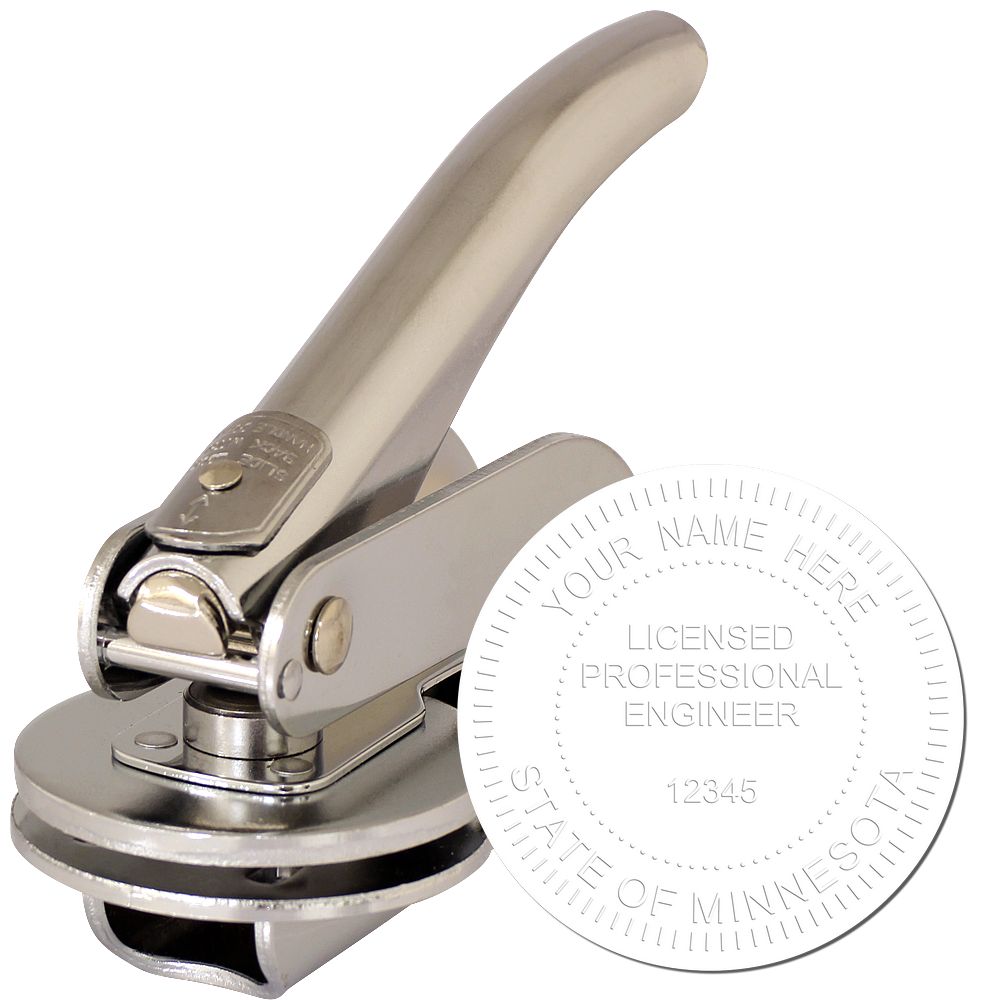
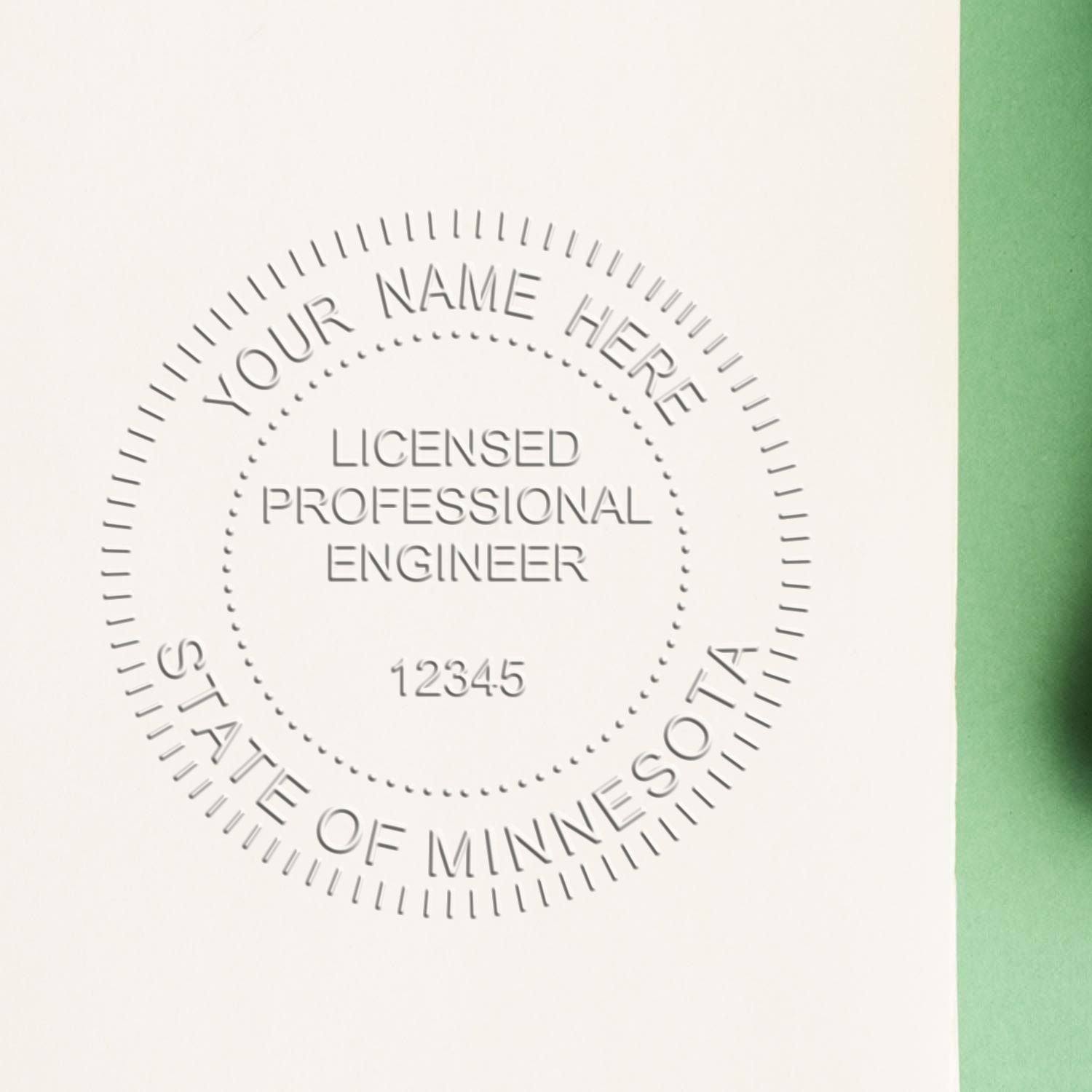
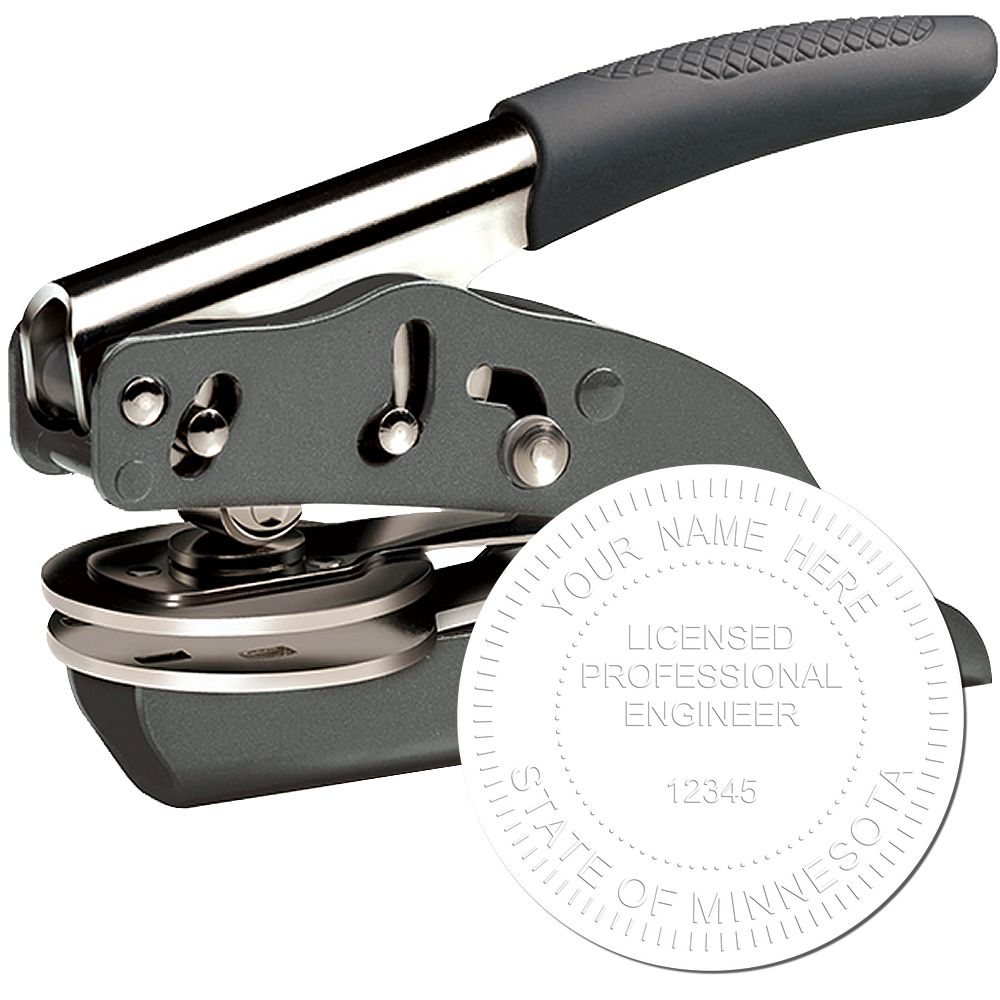

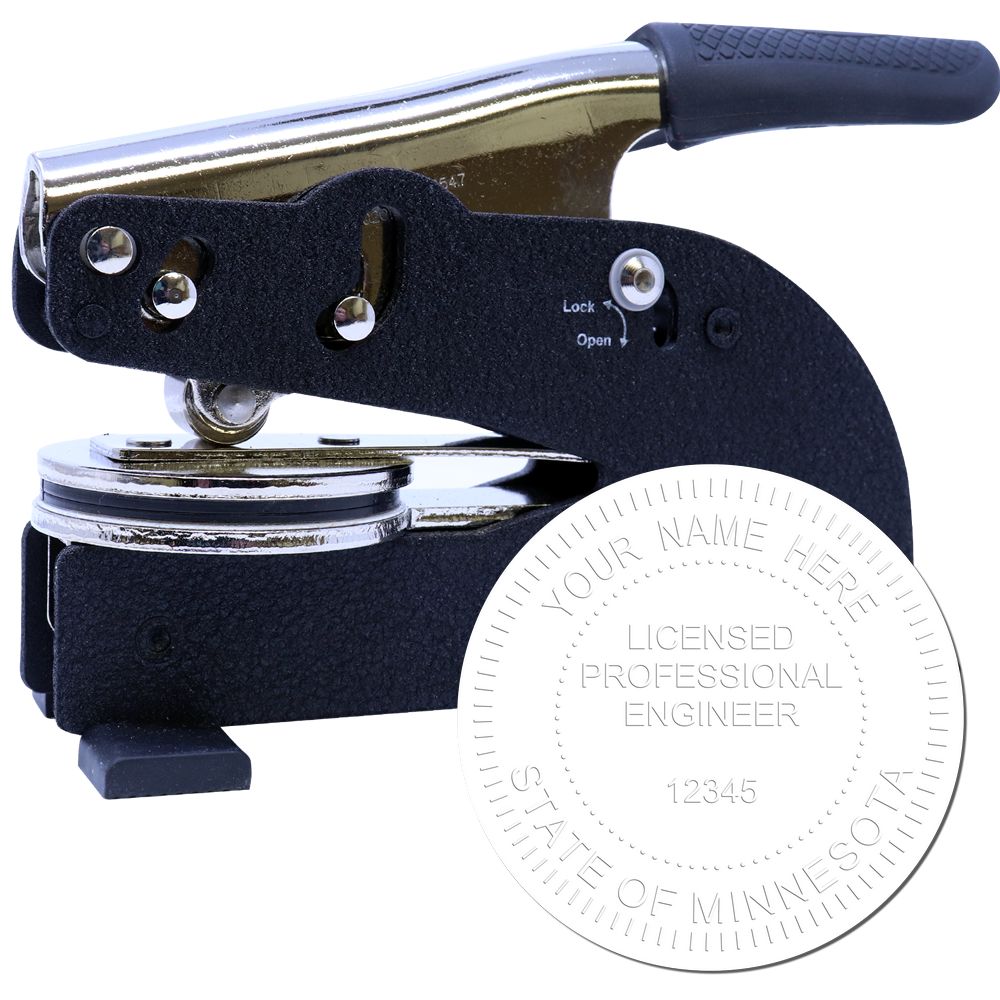
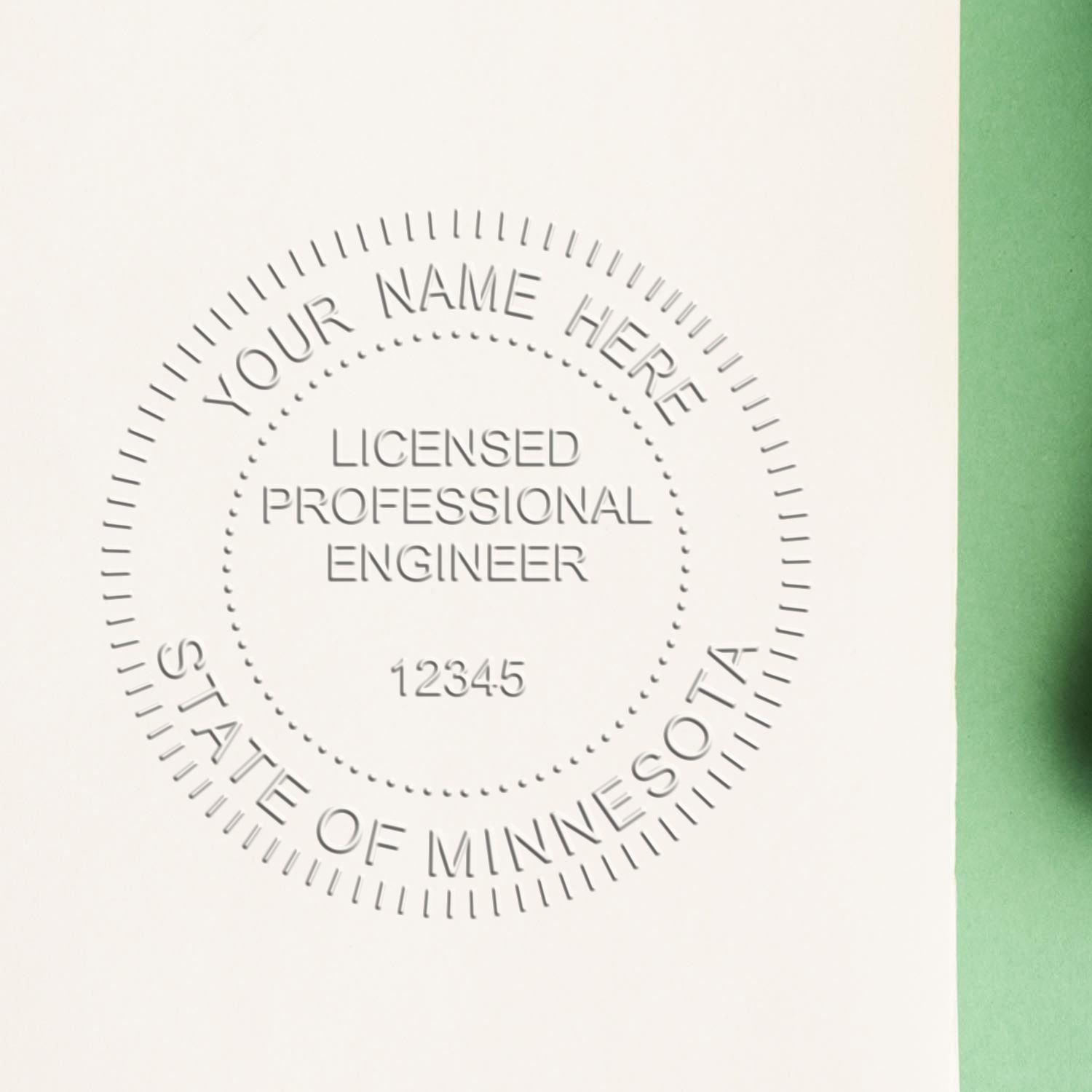
Once you've met the eligibility requirements, you can begin the process of applying for the Minnesota PE Stamp. This section will guide you through the application process, the required documentation and supporting materials, as well as the fees and renewal process.
Application Process
To apply for the Minnesota PE Stamp, you will need to submit an application to the Minnesota Board of Architecture, Engineering, Land Surveying, Landscape Architecture, Geoscience, and Interior Design. The application can be completed online or by mail, depending on your preference.
During the application process, you will be required to provide personal information, including your contact details, education history, and professional experience. It is important to ensure that all information provided is accurate and up-to-date.
In addition to the application form, you may need to include supporting documents such as official transcripts from your educational institution, proof of passing the Professional Engineering exam, and verification of your professional experience. These documents help validate your qualifications and ensure compliance with the Minnesota PE Stamp requirements.
Documentation and Supporting Materials
When applying for the Minnesota PE Stamp, you will need to submit various documentation and supporting materials to demonstrate your eligibility. Here are some common documents and materials that may be required:
-
Official transcripts: These documents provide evidence of your educational background in engineering. Make sure to request official transcripts from your educational institution to include with your application.
-
Professional experience verification: You may be asked to provide documentation that verifies your professional experience in the field of engineering. This can include letters from supervisors, project descriptions, or other relevant materials.
-
Proof of passing the Professional Engineering exam: The Minnesota Board typically requires proof that you have successfully passed the Professional Engineering exam. This can be in the form of exam results or a letter of completion.
It is essential to review the specific requirements outlined by the Minnesota Board to ensure you include all the necessary documentation and supporting materials with your application.
Fees and Renewal Process
As part of the application process, you will be required to pay a fee for the Minnesota PE Stamp. The fee covers the evaluation of your application and the issuance of your stamp. The exact fee amount can vary, so it is important to check the current fee schedule provided by the Minnesota Board.
After receiving your Minnesota PE Stamp, it is crucial to be aware of the renewal process to maintain your licensure. The Minnesota Board typically requires license renewal every two years. During the renewal process, you may need to provide documentation of continuing education credits or other requirements outlined by the Board. For more information on the renewal process, refer to our article on Minnesota PE stamp renewal.
By following the application process, submitting the required documentation and supporting materials, and understanding the fees and renewal process, you can navigate the process of obtaining and maintaining your Minnesota PE Stamp. This stamp not only provides professional recognition and credibility but also ensures legal protection and opens up career advancement opportunities.
Benefits of Obtaining the Minnesota PE Stamp
Obtaining the Minnesota PE (Professional Engineer) stamp comes with several significant benefits. These include professional recognition and credibility, legal protection and liability limitation, and career advancement opportunities.
Professional Recognition and Credibility
The Minnesota PE stamp serves as a symbol of professional recognition and credibility within the engineering industry. Holding this stamp demonstrates that an engineer has met the rigorous educational, experience, and examination requirements set forth by the Minnesota Board of Architecture, Engineering, Land Surveying, Landscape Architecture, Geoscience, and Interior Design (AELSLAGID Board). It signifies that the engineer has reached a high level of competence and is qualified to offer engineering services in the state of Minnesota.
By displaying the PE stamp on engineering documents, such as plans, designs, and reports, professionals can convey their expertise and adherence to the highest standards of engineering practice. This recognition can enhance an engineer's reputation among clients, colleagues, and regulatory authorities, opening doors to new opportunities and collaborations.

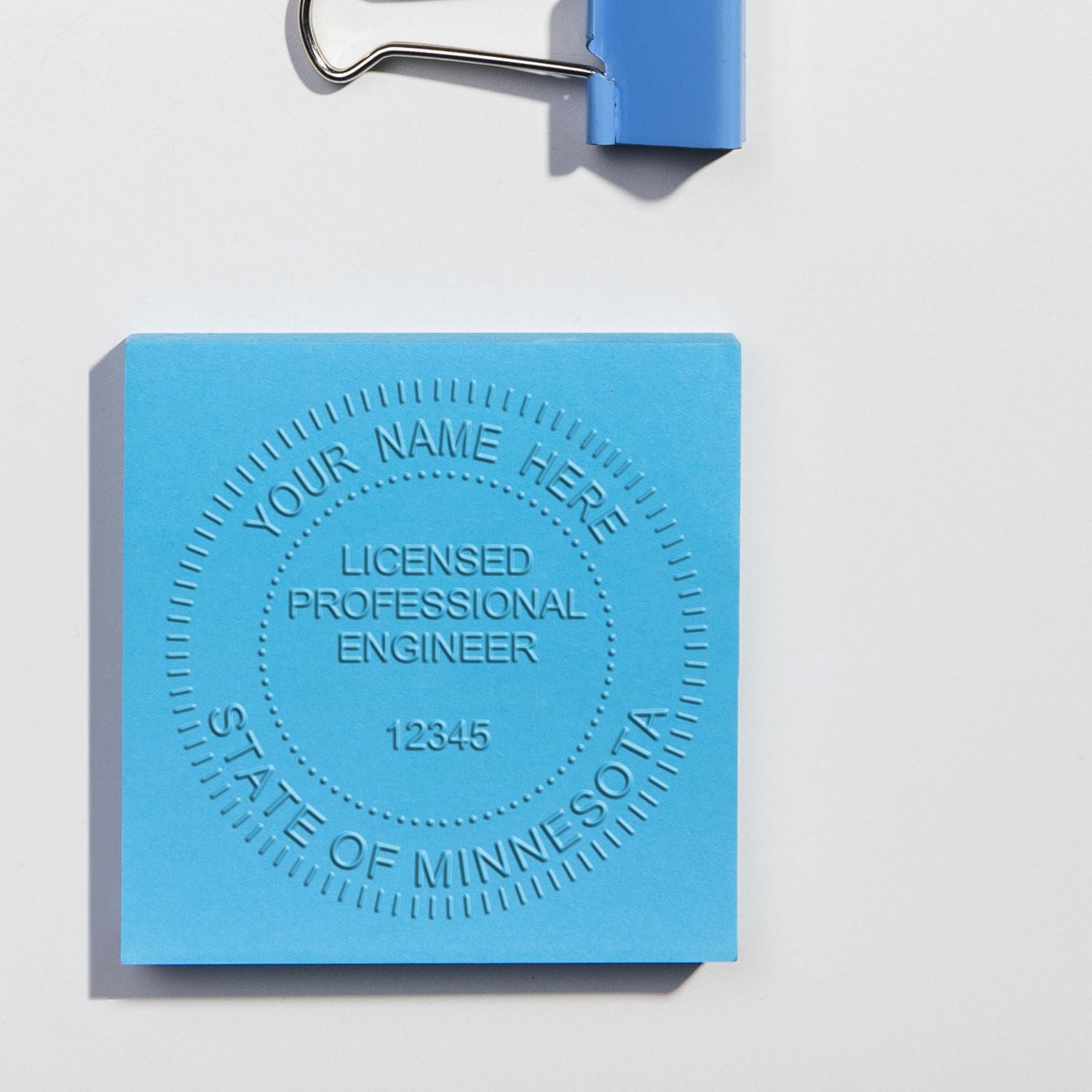
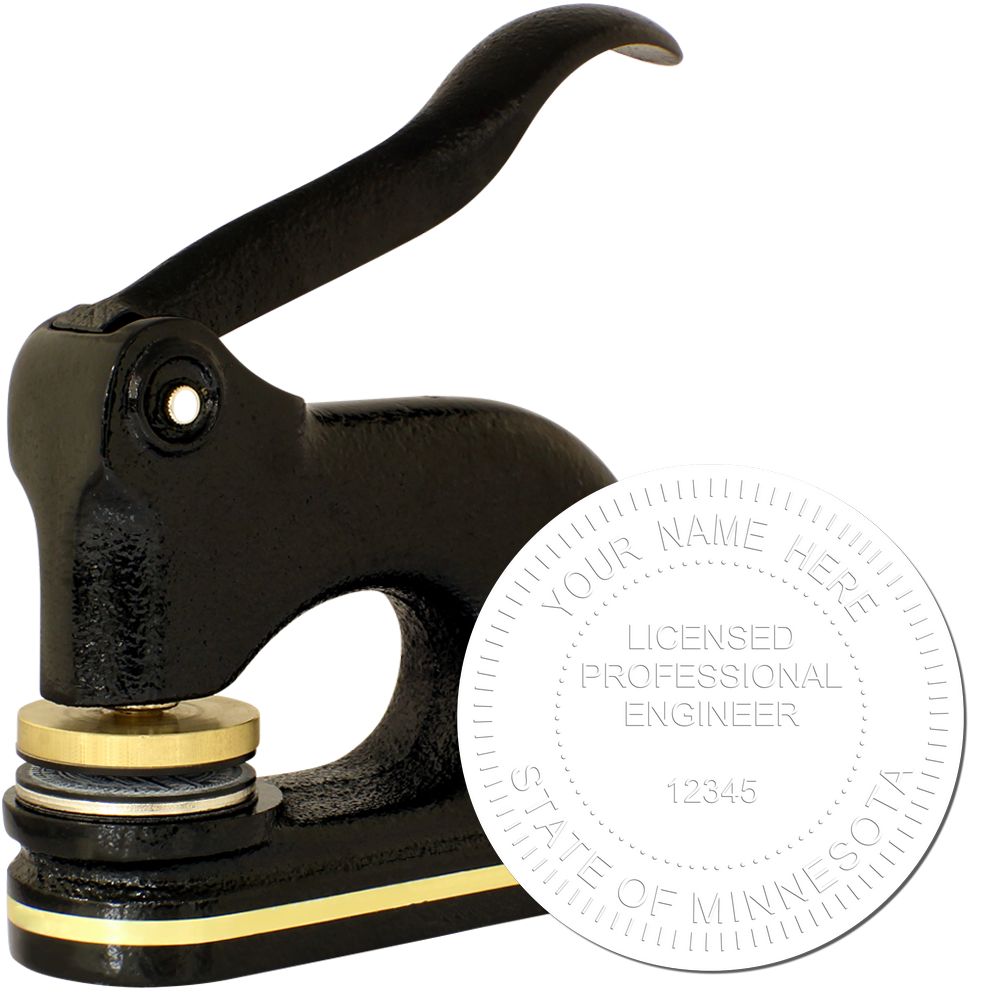

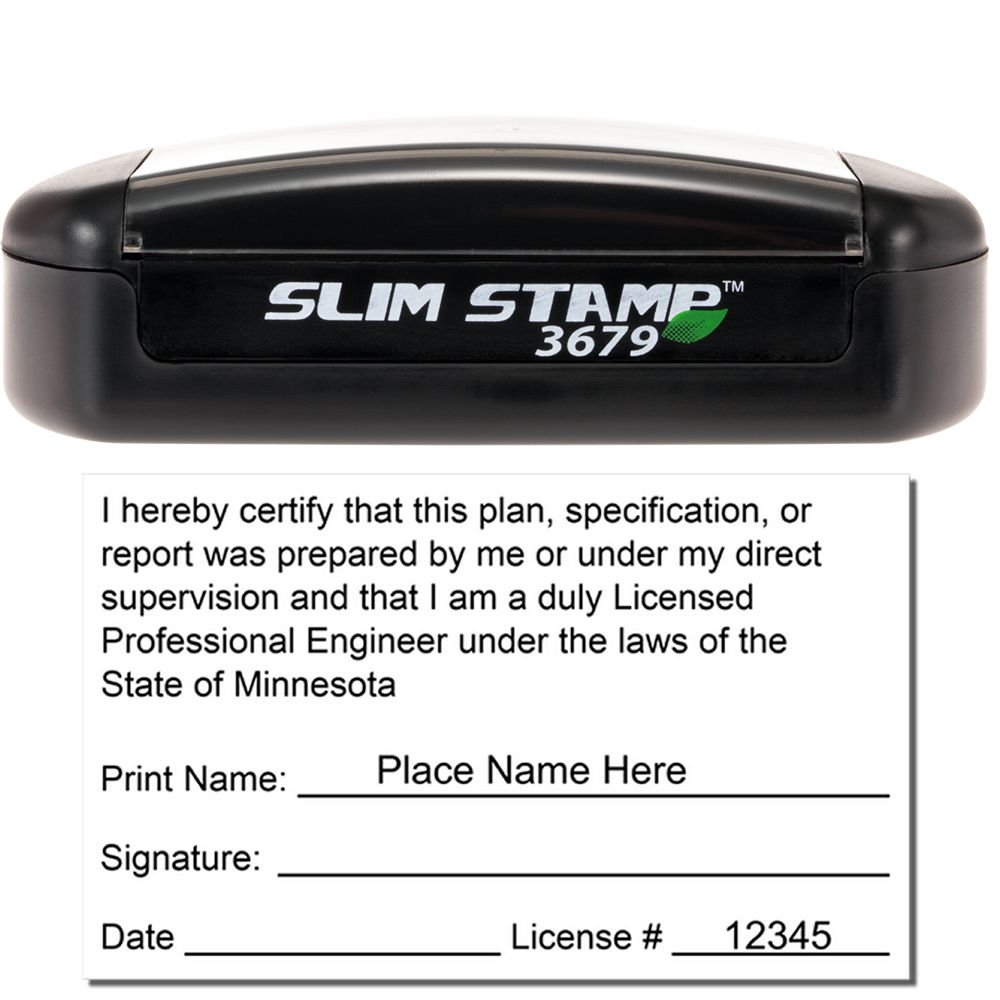
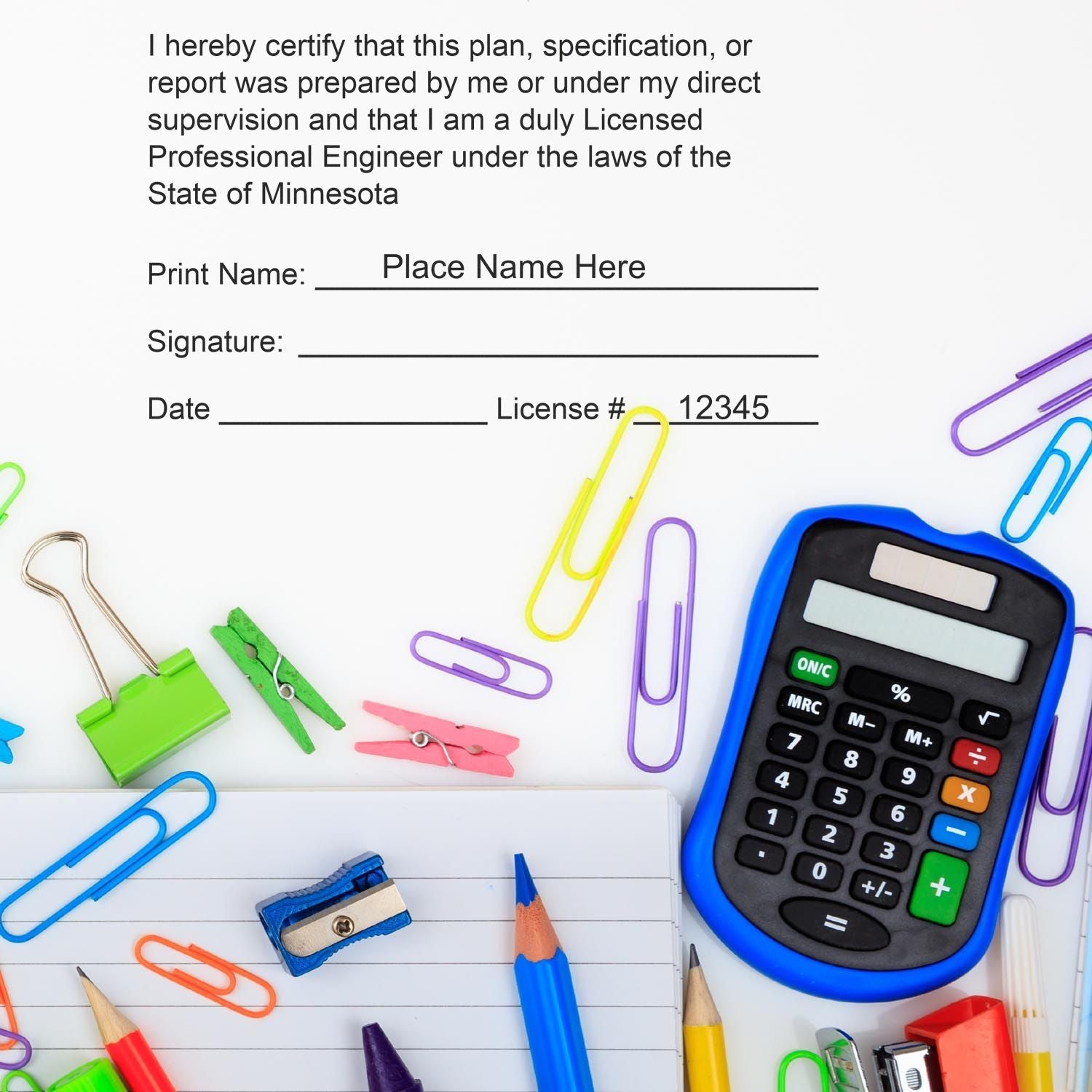
Legal Protection and Liability Limitation
The Minnesota PE stamp also provides legal protection and liability limitation to engineers. When an engineer affixes their stamp to engineering documents, they take responsibility for the accuracy and compliance of those documents with applicable laws and regulations. This demonstrates their commitment to ensuring public safety and welfare.
In the event of a dispute or legal claim related to the engineering work, having the PE stamp can serve as evidence of the engineer's professional competence and adherence to industry standards. It can provide a defense against allegations of negligence or malpractice, helping to limit potential liability.
It's important to note that the legal protection afforded by the PE stamp is not absolute. Engineers must continue to perform their duties with care and diligence to maintain their professional standing and mitigate risks. Regularly reviewing and staying up-to-date with the Minnesota PE stamp guidelines and Minnesota PE stamp regulations is essential.
Career Advancement Opportunities
Acquiring the Minnesota PE stamp can unlock various career advancement opportunities for engineers. Many employers, particularly in the public sector and large engineering firms, require or prefer candidates who hold a PE license. Holding this stamp can make an engineer more competitive in the job market and increase their chances of securing higher-level positions and responsibilities.
Additionally, the Minnesota PE stamp can enhance an engineer's eligibility for leadership roles within professional organizations and industry associations. It can open doors to networking opportunities, technical committees, and speaking engagements, allowing engineers to establish themselves as experts in their field.
Furthermore, the stamp can be a stepping stone to pursuing specialized certifications or licenses in specific engineering disciplines. These additional credentials can broaden an engineer's expertise and make them even more valuable in their career.
By obtaining the Minnesota PE stamp, engineers can reap the benefits of professional recognition, legal protection, and expanded career prospects. It is a testament to their dedication to excellence and commitment to upholding engineering standards. Whether aspiring to work in design, consulting, research, or management, holding the PE stamp can significantly impact an engineer's professional journey.
About ESS
At Engineer Seal Stamps, we take pride in our expertise in creating custom rubber stamps, professional seals, and notary stamps that cater to the unique needs of engineers. Our company's commitment to delivering exceptional customer service has earned us a stellar reputation within the industry. Our team consists of highly skilled professionals with extensive knowledge in the stamp-making process, ensuring that each product we create meets the highest standards of quality.
We understand the importance of trust and confidence in our products, which is why we offer a state board guarantee on all our stamps. Our guarantee ensures that our stamps are compliant with state regulations, giving our customers peace of mind when it comes to their legal requirements. Additionally, we offer a quick turnaround on our products, ensuring that our customers receive their stamps in a timely manner, regardless of their location.
At ESS, we prioritize our customers' needs and go above and beyond to ensure their satisfaction. We take pride in our personalized approach to customer service, as we work with each customer to create a custom stamp that perfectly fits their needs. As a result, our customers can trust that they are receiving a stamp that not only meets their legal requirements but also represents the uniqueness of their profession. Overall, at Engineer Seal Stamps, our commitment to exceptional customer service, quality products, and quick turnaround sets us apart within the industry. We take pride in our work and strive to exceed our customers' expectations in every aspect of our business.

